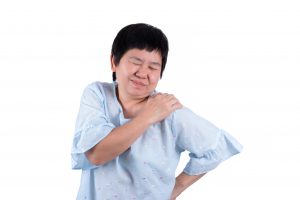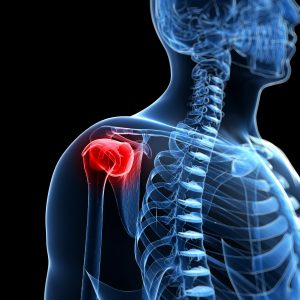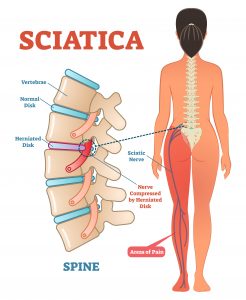Are You at Risk of Having a Bone Fracture
Are you concerned about getting a bone fracture?
Osteoporosis is one of the most common bone diseases, which is associated with low bone density which increases likelihood of fractre. In the UK, £6m per day is spent on care for osteoporotic fractures.
What is osteoporosis?
- Osteo = bone
- Porosis = pores
Osteoporosis is a condition that causes bone to become weak and brittle. This is due to the natural ageing process, which mainly occurs in women particularly post-menopausal or women with amenorrhea (which is diagnosed in woman missing at least three menstrual periods in a row). The reason this occurs more in women is that oestrogen has a dominant part to play in osteoblast (‘’bone building’’ cells) production, so if you loose oestrogen you decrease osteoblast cell quantity.
How do we combat this? Intervene before the patient develops osteoporosis. Because bone is stronger than concrete, this makes fractures in under 50’s particularly curious unless there was an unfortunate incident.
Peak bone mass
Peak bone mass is the amount of bony tissue present at the end of the skeletal maturation. This is hugely important to take note of if you want to understand osteoporosis. Understanding the chart to that shows the level to which bone mass reduces is important if you want to mitigate for the risk. There are several factors that affect peak bone mass, like sex, race, hormones and lifestyle all of which will be explained in this blog.
Risk Factors for bone fracture
There are several risk factors, thankfully most of them are modifiable:
- Direct/indirect trauma
- Malnutrition/eating disorders
- Prolonged corticosteroid use
- Long-term bisphosphonate use
- Reduced weight-bearing exercise
- Diabetes
Some of the risk factors that are un-changeable are:
- Advancing age
- Female sex
- Amenorrhea/post-menopause
- Hypermobility
- Medications (like steroid use and progesterone-only birth control)
- Dramatic increase in training
- Low energy availability (oral dietary energy minus energy expanded through exercise)
What really works: resistance training
Osteoporosis is low bone density, and sarcopenia is characterised by a decrease in skeletal muscle mass, function and strength. Because osteoporosis is commonly seen in older patients and can implicate each other as low skeletal muscle mass weakens bone and also increases the likelihood of falls which may result in fractures.
Research suggests that prolonged aerobic training (cycling, walking, swimming) isn’t adequate enough to stimulate bone growth. The type of training that generates the greatest bone mass is progressive overload, which means increase the weight over time. and the weight around 70-80% of your one rep max. Perform this eight to 15 times and perform twice a week.
The role of diet in reducing osteoporosis
Fruit and vegetables provide many nutrients that result in higher bone mass density, these include:
- Vitamin C: vitamin C is beneficial in reducing bone stripping cell activity which strengthens bone.
- Carotenoids: Carotenoids are beneficial in a reducing bone turnover in post-menopausal women.
- Folate: Folate may indirectly increase bone density through homocysteine metabolism (which helps to moderate bone remodelling)
- B12: Vitamin B12 can help retain bone and can help you recover from bone density issues. There was a 4% reduction in fracture risk per 50 pM increase in vitamin B12 (see vitamin B12 blog).
- Vitamin K: Vitamin K plays an important role in the chemical reaction that produces osteocalcin, a bone protein.
- Alkaline diets: Alkaline diets may produce a preventative effect on bone loss and fracture. The specific components that help this are potassium and magnesium.
- All the rest: Dairy products, seafood and (believe it or not) red wine have shown moderate benefits of reducing osteoporosis risk if taken in moderation.
Conclusion
Osteoporosis leading to bone fracture is a high prevalence issue and requires the patient the do their bit to help themselves, and the interventions are typically easy to adapt to. The risk of not complying is high, which is why explaining the ailment and giving the patient enough information on the topic is key.
Bone health issues are common cases in clinic. I always find osteopaths only need the use of their hands around 50% of the time, the rest of the time good quality and specific guidance in the form of lifestyle and training advice optimises the treatment sessions.
Any questions?
0161 209 2980
info@movementandwellbeingclinic.co.uk
Ed Madeley M.Ost


